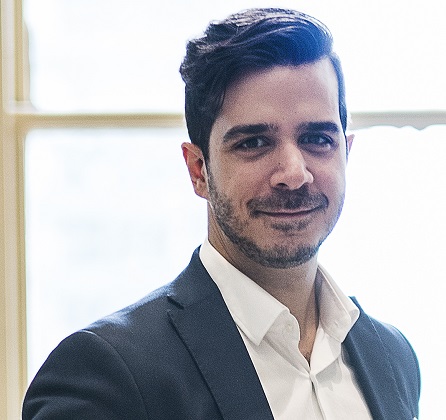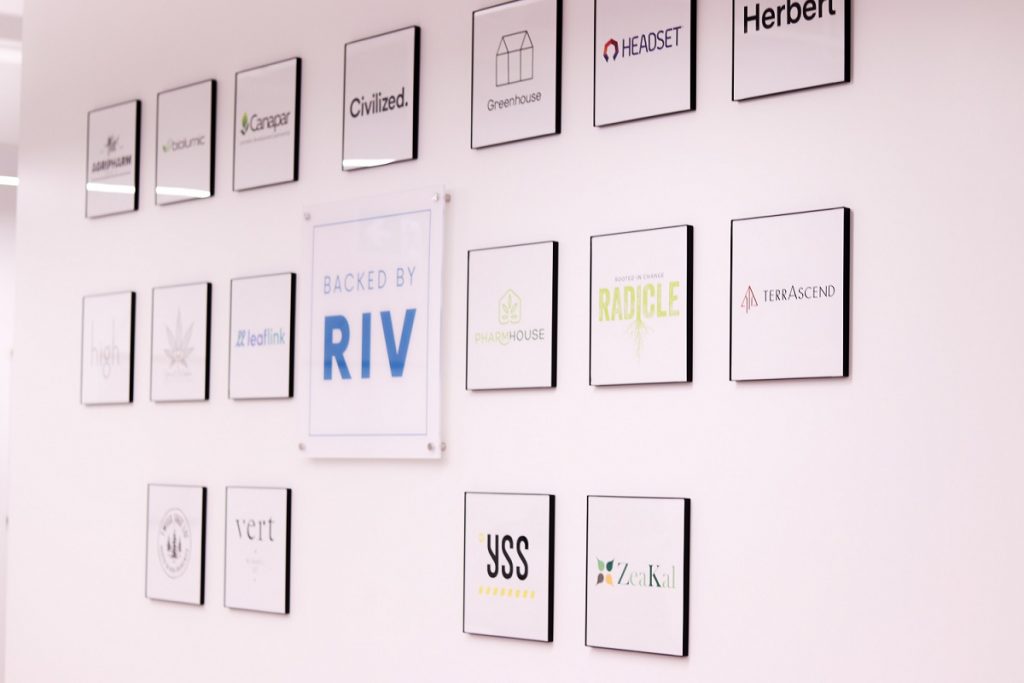
Exclusive Interview with Canopy Rivers President and CEO Narbe Alexandrian
Over the past year, cannabis-focused venture capital firm Canopy Rivers (TSX: RIV) (OTC: CNPOF) has seen more than 1,500 different pitches. President and CEO Narbe Alexandrian spoke to New Cannabis Ventures about how the firm vets opportunities, current portfolio companies and what sectors of the industry are priorities for future investments. The audio of the entire conversation is available at the end of this written summary.
The Canopy Rivers Team
Alexandrian has nearly 10 years of experience in the venture capital space. Before joining Canopy Rivers, he was with OMERS Ventures, focusing on technology companies. He saw cannabis unfolding much in the way that the technology industry did in Canada 10 years ago. Cannabis is ripe for a traditional venture capital model, which is the thesis behind Canopy Rivers, according to Alexandrian.

Other important members of the Canopy Rivers team include COO Olivier Dufourmantelle, CFO Eddie Lucarelli, General Counsel Matthew Mundy, and Director of Business Development Mary Dimou. Dufourmantelle previously served as the COO of Canopy Growth (TSX: WEED), (NYSE: CGC). Lucarelli comes from a background in M&A–he also worked with Alexandrian at Deloitte. Mundy has expertise in corporate M&A and worked on a number of cannabis projects before joining Canopy Rivers. Dimou has a Master’s degree in nutritional genomics and brings expertise in life sciences.
Portfolio Companies
Since its inception, Canopy Rivers has looked at approximately 1,700 different companies. Today, it has 18 portfolio companies, roughly 1 percent of the opportunities it has considered, according to Alexandrian.

TerrAscend (CSE: TER) (OTC: TRSSF) and PharmHouse are two of the firm’s larger investments. TerrAscend began as a Canadian LP but expanded into a number of U.S. states following a restructuring of the company’s deal with Canopy Rivers in November 2015. PharmHouse is a joint venture between Canopy Rivers and the family behind Sunset Produce. The company has a 1.3 million-square-foot licensed facility in Ontario. PharmHouse has offtake agreements with Canopy Growth and TerrAscend.
Alexandrian highlighted the firm’s portfolio company Headset. The data intelligence company offers insight into cannabis market trends. Headset has partnered with data company Nielsen, and the company also has 30 to 50 percent market share in any state in which it operates, according to Alexandrian.
Alexandrian pointed to Greenhouse Juice as another success story in the firm’s portfolio. Since Canopy Rivers’ investment, the cold-pressed juice company has gone from distribution solely in corporate stores to more than a dozen grocery chains across Canada. Greenhouse Juice is also entering into the Cannabis 2.0 marketplace with a CBD product.

The constantly shifting regulatory environment and the performance of public companies have been challenges, but Alexandrian is confident that the portfolio companies will be able to weather the storm and emerge winners in the space.
Vetting and Structuring Investments
Canopy Rivers has raised just over $280 million and invested $200 million of that capital, according to Alexandrian. When considering potential investments, the firm takes a methodical approach. The team breaks the value chain into 13 different pieces and then to nearly 100 more granular subsections. That approach has helped the company to determine 15 to 20 areas where it may potentially invest.
For example, Canopy Rivers decided to make a play in the cosmetics and beauty space. The firm spoke with more than 50 different companies in that sector and determined that High Beauty was the right fit.

Canopy Rivers customizes its investment structure for each deal. The firm has a mix of equity, debt, royalty, and profit-sharing agreements. The firm is comfortable structuring simple deals and more complex deals, necessary to gain exposure to plant-touching companies in the U.S., according to Alexandrian.
Canopy Growth and Other Investors
Canopy Rivers was created in April 2017 as a way for Canopy Growth to explore potential acquisition opportunities in the cannabis space. Canopy Rivers takes a minority stake in its portfolio companies, which could grow to be potential acquisition targets. That relationship has not changed since the large Constellation Brands investment, and the Canopy Rivers team works closely with both the Constellation and Canopy Growth teams, according to Alexandrian.
Canopy Growth is the firm’s largest investor. Other investors include Jason Wild’s JW Asset Management–Wild is the Chairman of TerrAscend– and a mix of retail and institutional players.
Future Investments
Looking at future investment opportunities, Alexandrian spoke about five areas of interest:
- Brands. Canopy Rivers sees brands as a large part of the market, and the winners that will capture mind and market share have yet to emerge, according to Alexandrian. He sees plenty of value left to capture.
- Biosynthesis. Canopy Rivers is interested in the value of creating stable cannabinoid products for the pharmaceutical market.
- Plant science. There is still a lot left to learn about the cannabis plant, including how to mitigate pests and how to create a resilient plant for various growing conditions. Canopy Rivers has already made two investments in this area, one in partnership with Bayer Crop Science and another in partnership with Corteva Agriscience.
- International opportunities. Canopy Rivers is also looking to international opportunities, particularly in Europe and China.
- Technology and data. Finally, the firm is interested in making more investments in the technology and data sector.
The Profitability Question
Discussions about profitability are nascent, according to Alexandrian. He believes companies focused solely on the bottom line are cutting their growth prospects. Alexandrian thinks cannabis companies should, like tech companies have done, focus on capturing market share with the ability to become profitable.
To learn more, visit the Canopy Rivers website. Listen to the entire interview:
